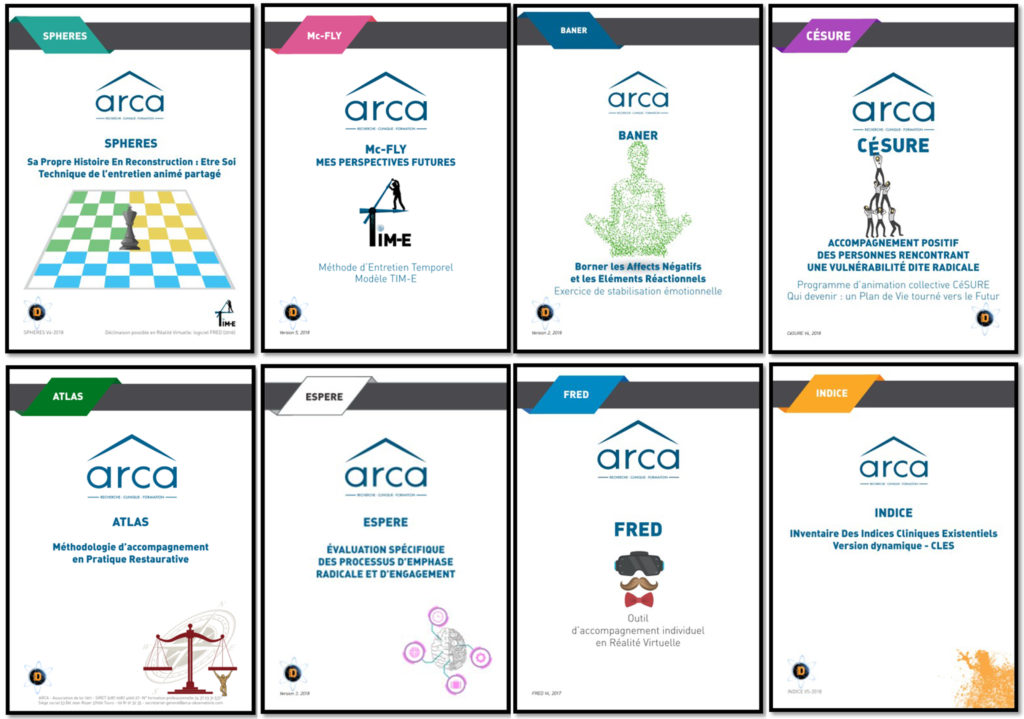Key directions for the Temporal Identity Model & Experiencing (TIM-E) in criminology
TIM-E is a psychological model based in criminology on Good Lives Model (GLM, Ward, & al., 2007; Ward, & al., 2012) with the hypothesis that crime is not the real goal of the offender but just the mean used (instrumental or secondary goods) to achieve basic living needs (primary goods).
Temporal Interviewing (TI) develops the future memories and the application of Relevant Positive Resources (RPR Model, Dieu, 2019), based three principles called “CARe” (construction, action, readiness).
TIM-E focused the treatment on the Future Life Plan (primary and secondary goods, Ward, & al. 2012) for the readiness (Ward, & al., 2004), with a clinical analysis of dynamic risk factors (Ward & Beech, 2015; Ward, 2016; Ward & Fortune, 2016) and protective factors with a predictive agency model (Ward, 2017 ; Heffernan & Ward, 2017).
For TIM-E, dynamic risk factors are an expression of pathogenic memories, while positive memories (ressources) would facilitate the mobilization of protective factors and agency in rehabilitation.
Treatment of the primary psychological mechanisms (causal) within the radicalisation now conceptualized from the point of view of emotions (Trip, et al., 2019).
Treatment of secondary (dynamic) functional mechanisms (eg. “Needs, Narratives, Network« ) which reinforce the primary mechanisms (Bélanger, et al., 2019 ; Kruglanski, et al., 2019).
The TIM-E targeting plan will be guided by the primary need that has not been met in the history of the offender, a factor of radical vulnerability.
Understand that it is the protective resource (FP) of the offender and support a Good Life Plan (GLP) based on a Positive Future Plan (PFP).
This model would allow a comprehensive and integrated approach to the treatment of pathogenic memories and the installation / activation of resource memories focused on the future and the assessment dynamic risk factors.
